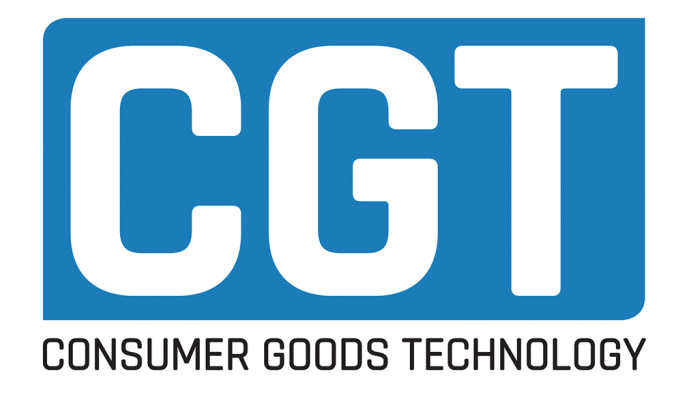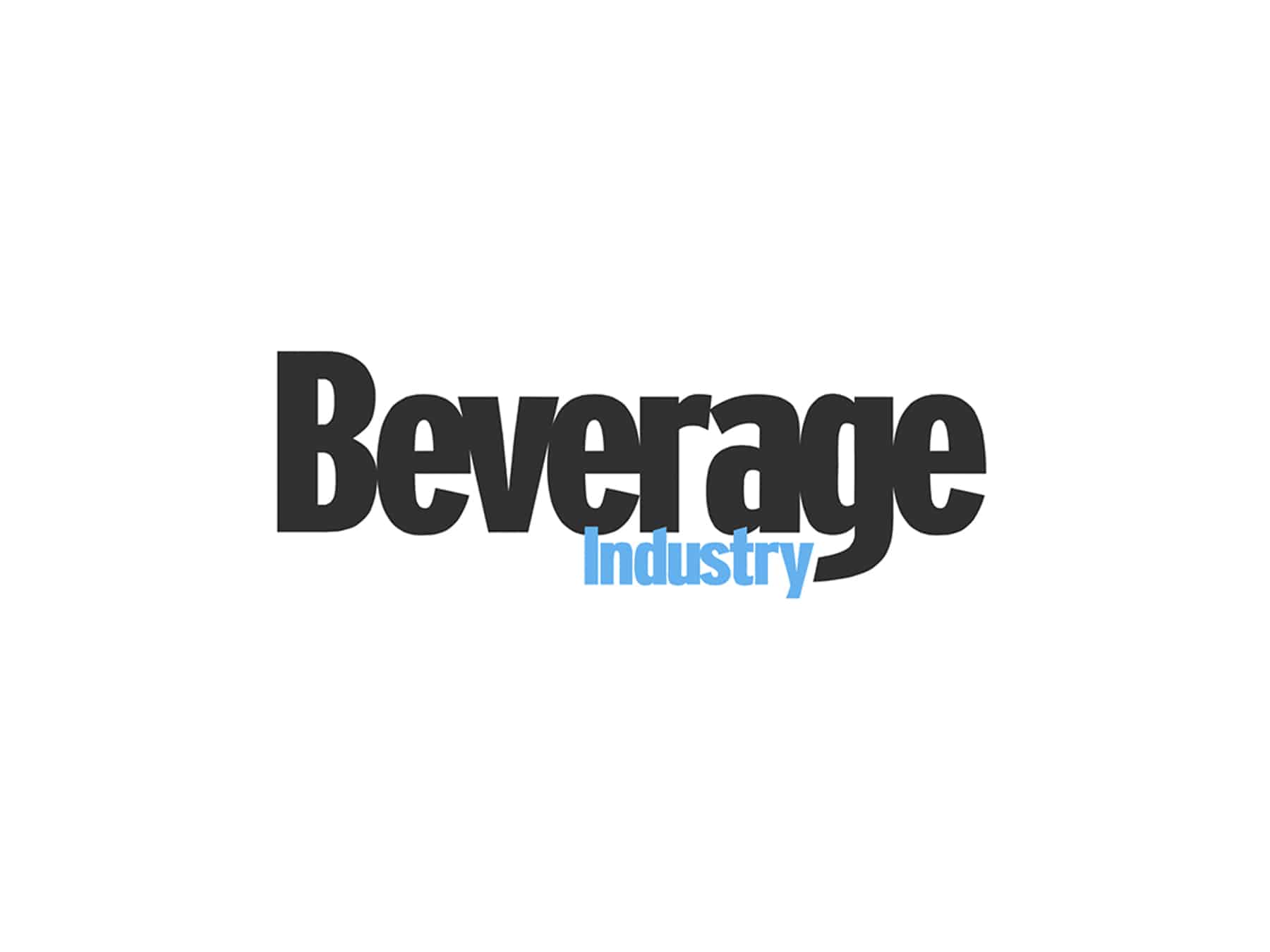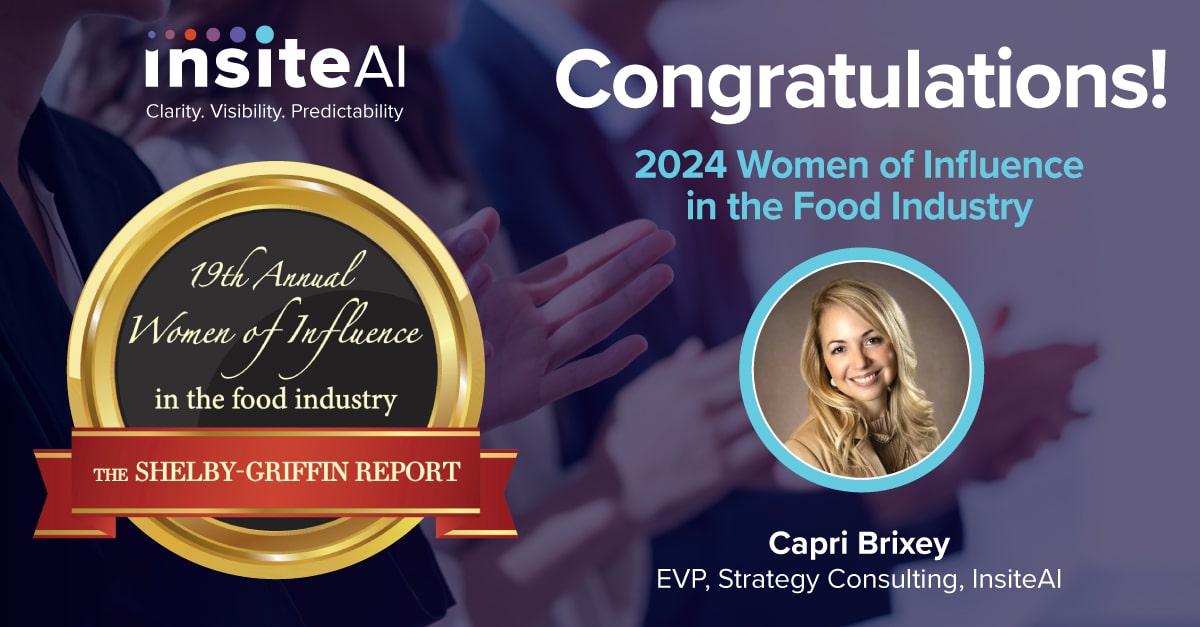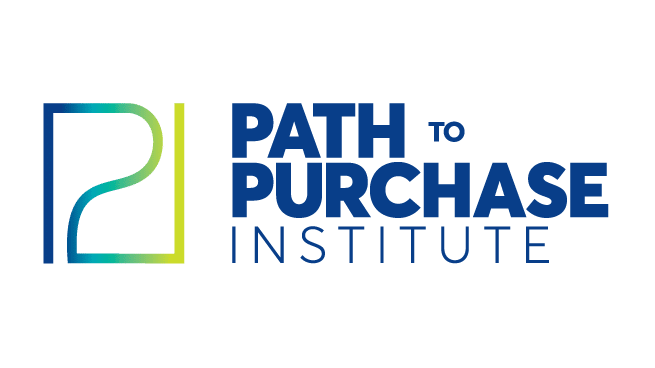
Do not report the news. Simply reporting out category performance as up or down in volume and dollars vs year ago is ‘news,’ not insights.
In the dynamic world of retail, collaboration is key to success. During a recent panel discussion, Mastering Joint Business Planning: An Insider’s Guide, we sat down with a former VP of Sales at Coca-Cola, Capri Brixey, and a former VP of Merchandising at Walmart, Kristine Joji, to share their experience and insights into what makes a successful JBP.
Below are some key “do’s” and “don’ts”—both practical and technical—that they shared, which can help CPGs master JBP scenarios, improve your retail partnerships, and grow your mutual profitability:
1. Understand the retailer’s plan
Entering a planning session with just the CPG’s agenda can quickly derail a conversation and lead to an unproductive meeting. Bringing a true desire to understand both parties’ needs (and being equipped for effective discovery to that end), CPGs can ensure that their own plans align with the retailer’s strategy and priorities.
2. Use credible insights
Do not report the news. Simply reporting out category performance as up or down in volume and dollars vs year ago is ‘news,’ not insights. Data is just data. Retailers need to understand the why and the what. Indicate what happened, why it happened and what should be done next. Anyone can pull a report. The beauty is in taking numbers, overlaying and integrating insights, trends, data and analytics and helping people understand what happened and what is happening so they can create meaningful action for the future. Insights should be foundational to every phase of the planning process, from the beginning when both organizations are trying to understand priorities, to the end when tactics and solutions are being created to drive business.
3. Don’t always paint a rosy picture
Insights may reveal, for example, that while a product was projected to perform well and provide incrementality, instead performance was below expectations and demand transferred to another product or was cannibalizing existing items. Bringing objective, robust data and facts helps build trust and transparency. Being willing to collaboratively find mutual wins through data elevates partnership and strategic thought leadership. It shows that a CPG is data led and insights driven, that it understands the customer, environment and what is happening now.
4. Offer potential solutions
Use of AI tools allows CPGs to stitch together myriad pieces of data in real time, aligning them with trends and insights. This lets CPGs accurately tell retailers:
- What their theory was.
- What the data is.
- What they know is really happening.
- What can be done about it.
- What the CPG’s recommendation is so the partners can mutually grow their business and the category.
5. Build a specific, tactical plan to deliver on what was committed
This aligned plan should be the foundation of the partnership. It should involve everything that was agreed upon, as tactical as shelf placement, pricing and promotions, or as strategic as broad expectations for overall contribution/performance and how the organizations will engage. Then, regular checkpoints should be set to ensure the strategy remains on track, with flexibility and agility to respond to events and trends in the market. Disruptions can be small or on the scale of the war in the Ukraine or Covid-19. In these types of cases, both organizations must ask—and answer—“Where are we now and how do we pivot to ensure we can still deliver our plan together?”
6. Leverage AI to run “what if” scenarios
CPGs can leverage AI to run “what if” scenarios in real time. This can foster forward thinking, collaborative conversations with retailers. Data accounts for the many moves retailers can make on their chessboard. This gives them more clarity, so they can develop rich category plans. Using technology to detail the “why” and sharing explanations also helps buyers explain decisions to their leadership teams.
7. Drive collaboration
The goal of JBP is to drive collaboration. If CPGs are not weighing mutual growth, mutual priorities and planning ahead, they can be derailed by many unforeseen events. They need to be agile. Working through the process and knowing where the finish line should be and planning towards it are key components of success.
8. Deliver a better shopping experience for consumers
Retailers want to know how their CPG partners will be more consumer centric. CPGs can create a more personalized consumer experience by leveraging advanced AI capabilities. These AI-driven assortments, pricing, and promotions empower CPGs to craft shopping experiences that not only satisfy customers but also foster long-term loyalty.
Conclusion
Thoroughly analyzing data reveals a predictive view of entire product categories, going beyond just looking at individual brands. A supplier that is driven by insights and data, promoting its own growth as well as that of the category and the entire industry, stands out as a clear trailblazer. These carefully obtained insights not only have weight but also solidify the supplier’s image as a strategic thought leader. Retailers will naturally lean toward their most developed partners, elevated by trust and true transparency in insights and data.
The insights shared in this article were presented at a recent panel discussion featuring Kristine Joji and Capri Brixey, EVPs of strategy consulting at Insite AI. The event was moderated by Jackie Lewis, VP of content at the Category Management Association. To view the full presentation, click here.






